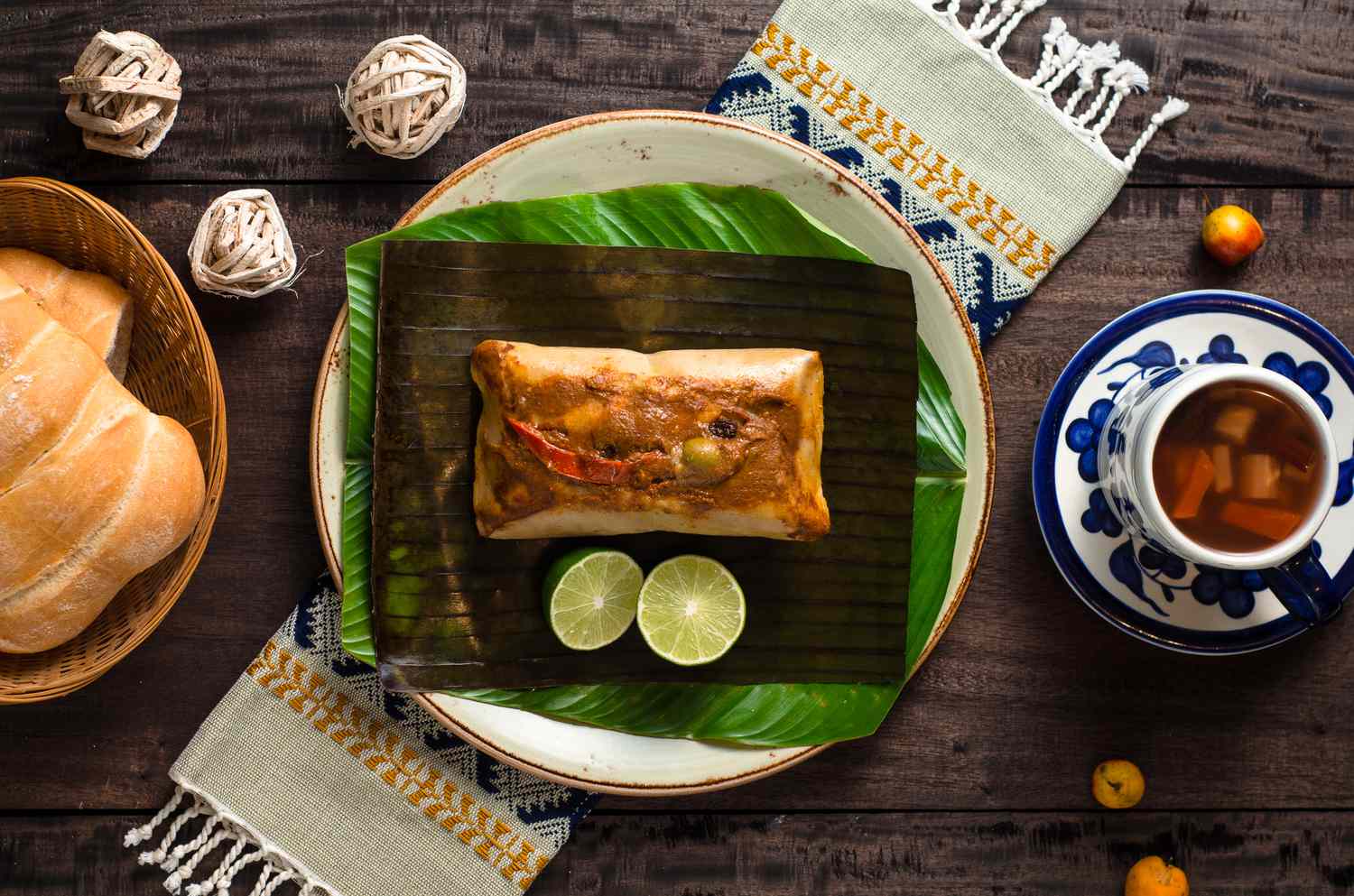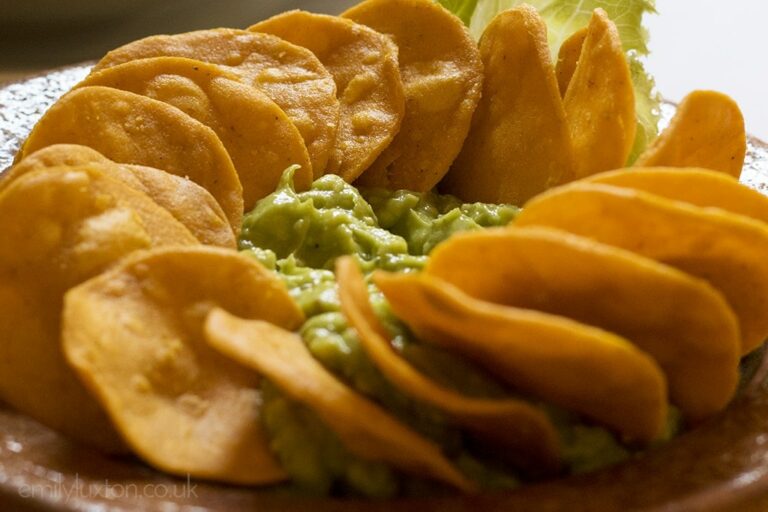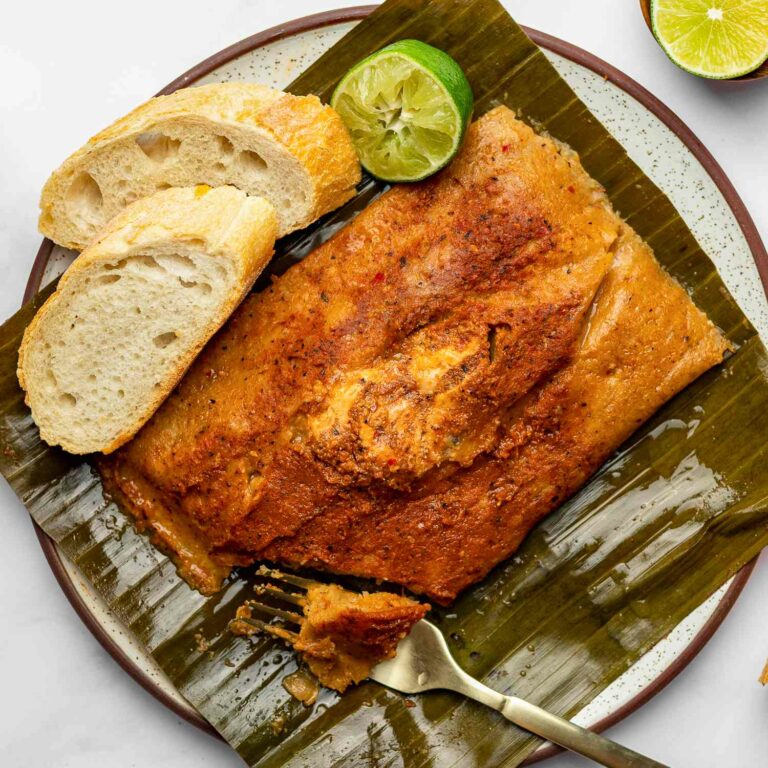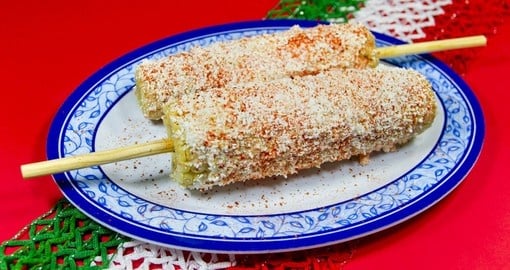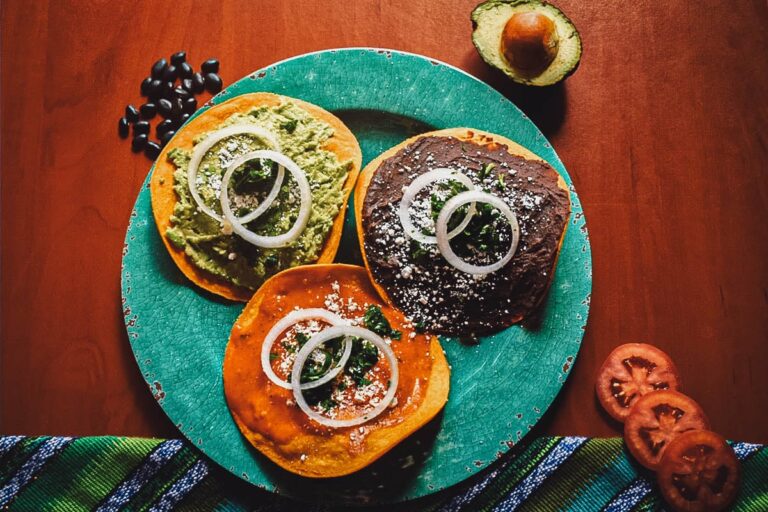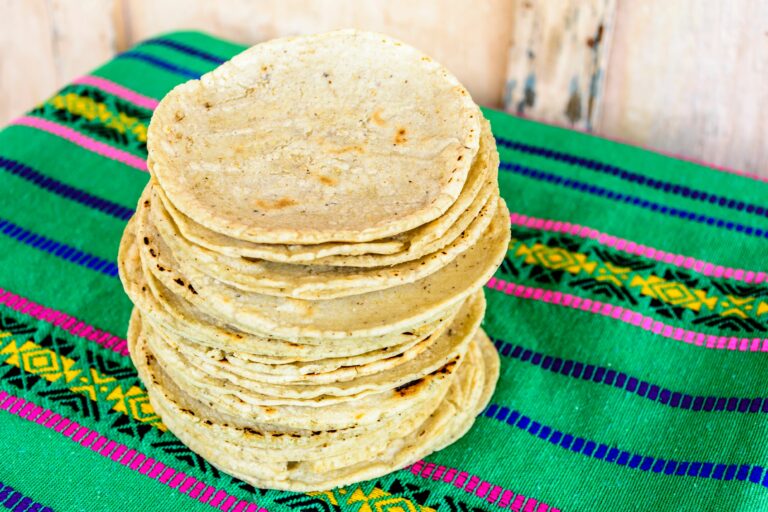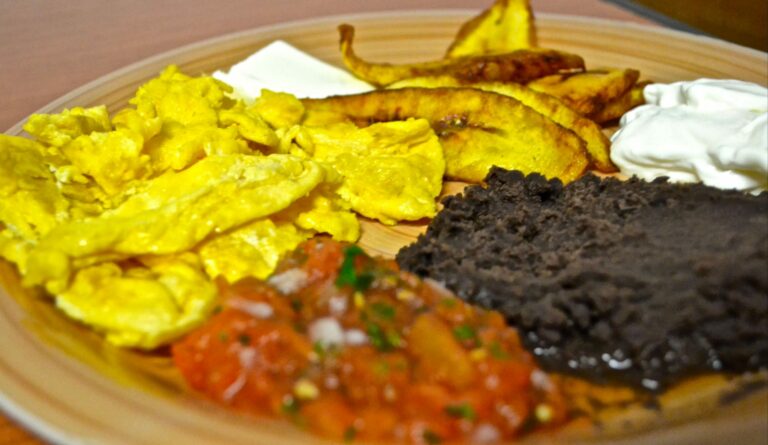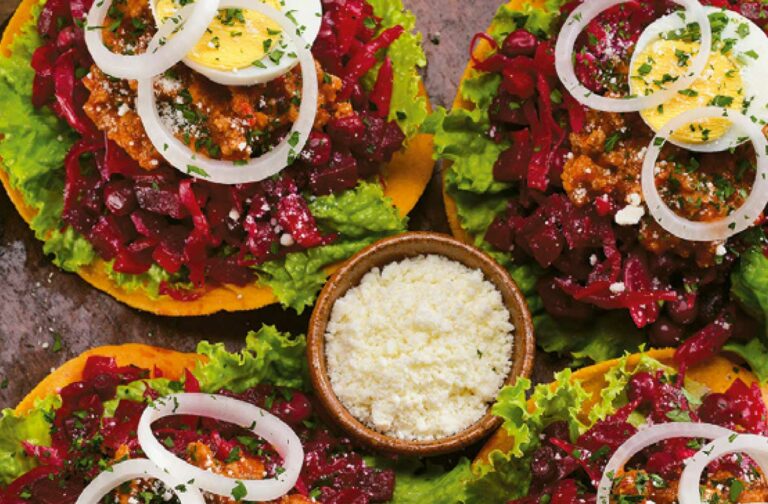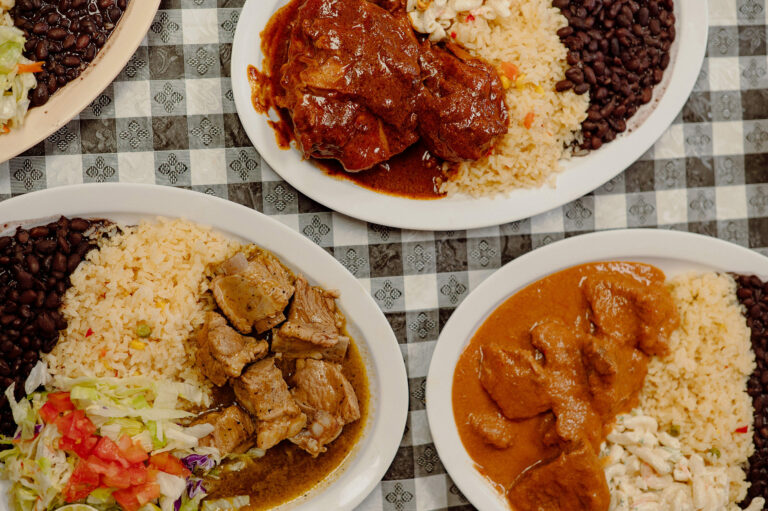Introduction: Guatemalan Cuisine
Guatemalan cuisine is a unique blend of Mayan, Spanish, and African influences. The cuisine is known for its rich flavors and use of fresh ingredients. The country is located in Central America, and its cuisine is similar to its neighboring countries, including Mexico and Honduras. However, Guatemalan cuisine is distinct in its use of spices and herbs.
Spices Used in Guatemalan Cooking
Guatemalan cuisine is known for its use of spices, and it is often associated with being spicy. The most commonly used spices in Guatemalan cooking are coriander, cumin, oregano, achiote, and chili peppers. Achiote, also known as annatto, is a spice used in many Guatemalan dishes that gives them a distinct red color. Chili peppers come in different varieties, including jalapeño, serrano, and habanero, and they are used to add heat and flavor to dishes.
Regional Variations of Spice Level
The level of spiciness in Guatemalan cuisine varies depending on the region. In the highlands, the cuisine tends to be milder, while the coastal regions tend to be spicier. However, even within regions, individual tastes can vary. Some people prefer their food to be mildly spiced, while others enjoy the heat of chili peppers.
Popular Dishes & their Spice Level
Some of the most popular dishes in Guatemalan cuisine include pepián, a thick stew made with chicken or beef and a variety of spices and vegetables, and chiles rellenos, stuffed chili peppers. Pepián can be spicy or mild depending on the amount of chili peppers used, while chiles rellenos are generally mild. Another popular dish is tamales, which are often spiced with achiote and served with salsa.
Cultural Significance of Spices in Guatemalan Cuisine
Spices are an important part of Guatemalan culture and cuisine. Many of the spices used in Guatemalan cooking have been used for centuries and have cultural significance. For example, coriander is believed to have medicinal properties, and achiote was used by the Mayans for its color and flavor. The use of spices in Guatemalan cooking is also a way to connect with the country’s history and traditions.
Conclusion: Final Thoughts on Guatemalan Spice
In conclusion, Guatemalan cuisine is known for its use of spices and herbs, but not all dishes are spicy. The level of spiciness varies depending on the region and personal preference. Spices have cultural significance in Guatemalan cuisine and are an important part of the country’s culinary traditions. Whether you prefer mild or spicy dishes, Guatemalan cuisine offers a unique and flavorful experience.

